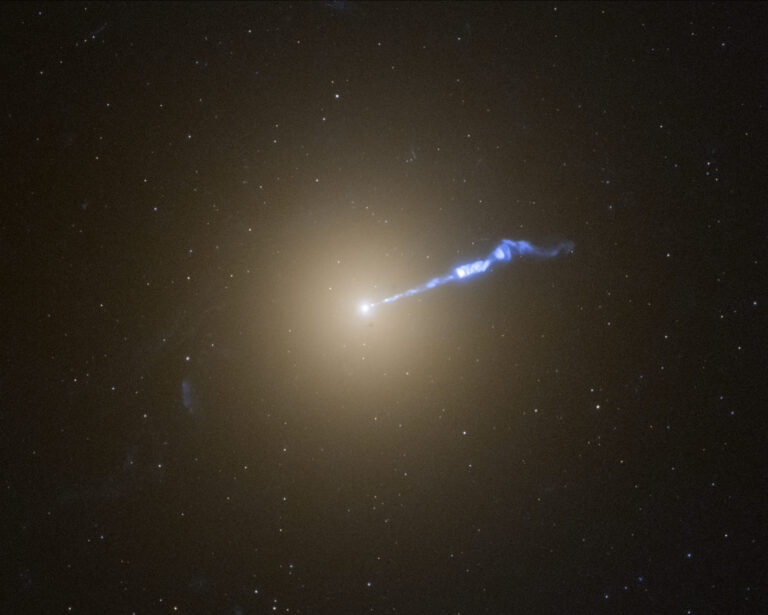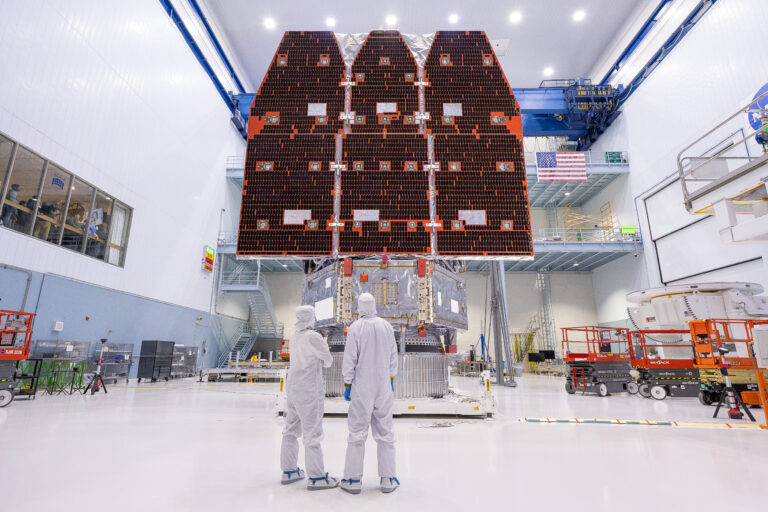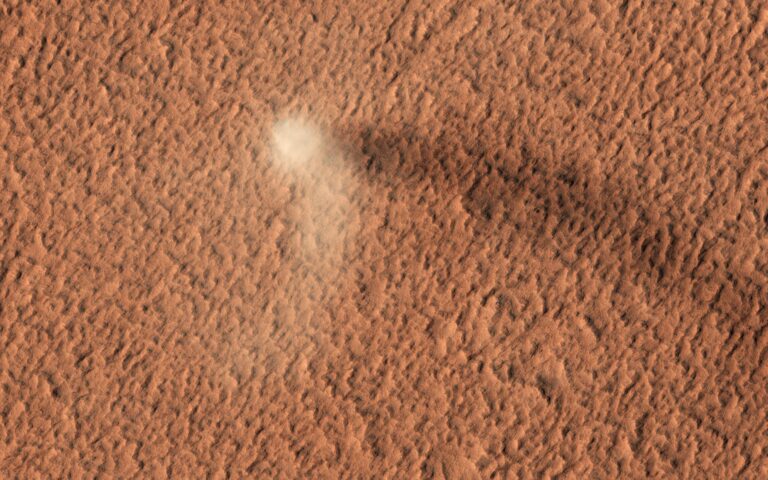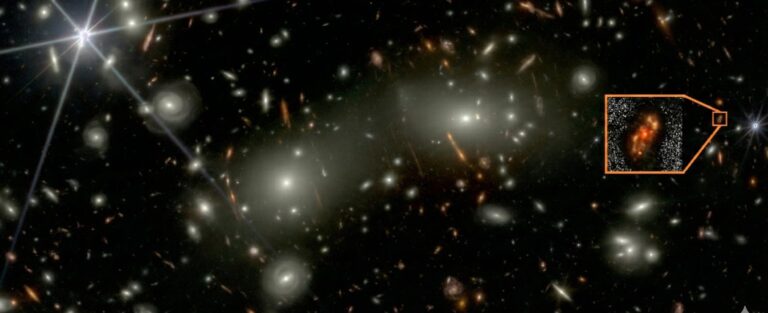Key Takeaways:
Q: Do neutron stars gain matter? If so, do they just explode in a supernova or become black holes, or can they keep the acquired matter?
Shane Wiebe
Inman, Kansas
A: The quick answer to your question is yes, they can gain matter. However, only a small fraction of neutron stars can gain mass — those in binary systems, where mass is transferred from the companion star to the neutron star. Neutron stars in orbit around other stars are fairly rare. This is mostly because the binary system needs to survive the violent core-collapse supernova that gives birth to the neutron star. When the supernova occurs, it will often give a random kick to the newly born neutron star, hence disrupting the binary, leaving the neutron star to fly at high speed across the galaxy.
We know of roughly 300 neutron stars (out of 3,000) in binary systems; however, mass exchange is not taking place in all of them. There are basically two mechanisms that could cause the neutron star to gain mass: In the case where the companion is a low-mass star (less than about 2 solar masses), a mass transfer could happen as the star expands during the later stages of stellar evolution. The outermost material can then flow onto the neutron star, often forming an accretion disk around the neutron star. The mass exchange can happen for as long as a billion years, but at an incredibly slow rate. Astrophysicists estimate that in the end, the total mass the neutron star may have gained will be less than a solar mass. Decades of observations of neutron stars in binaries like this are not enough to allow us to measure directly changes in neutron star mass. We can only estimate the tiny amount of mass it gains by studying the X-rays emitted as the heated material crashes on the surface of the neutron star.
The other possible mechanism applies to massive companion stars (more than about 10 solar masses). In that case, the star loses mass through its strong stellar winds. The stronger the winds and the closer the two objects are, the more important the exchange of mass will be. This type of binary is rarer; massive stars don’t live very long because they exhaust their fuel rapidly. We believe that in systems like this, where the accretion is unstable, a runaway mass transfer could set in. We think that rather than leading to a thermonuclear supernova, which happens when an object like a white dwarf accretes too much mass past a given critical mass, the neutron star could simply collapse into a black hole. Because we do not have a good handle on the physics at play inside neutron stars, the critical mass at which this scenario could happen is not well constrained.
One exciting development on that front was the recent discovery of gravitational waves produced by the merger of two neutron stars. This is an extreme case of a neutron star “gaining” mass, where the end product had a mass of about 2.75 solar masses. Our best hypothesis is that after the merger, a “hypermassive” neutron star formed and quickly collapsed into a black hole. Future observations of neutron star mergers should provide new insight on the amount of mass a neutron star can sustain before collapsing into a black hole. Progress is ahead!










